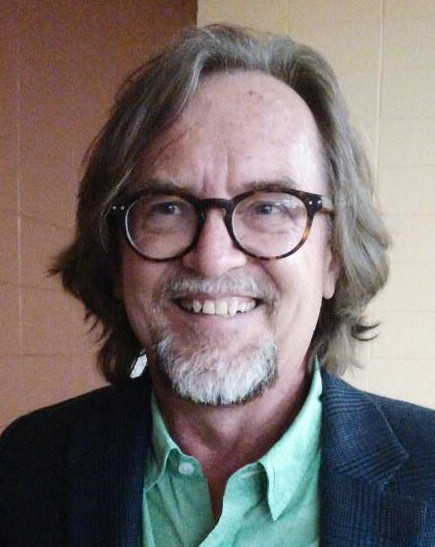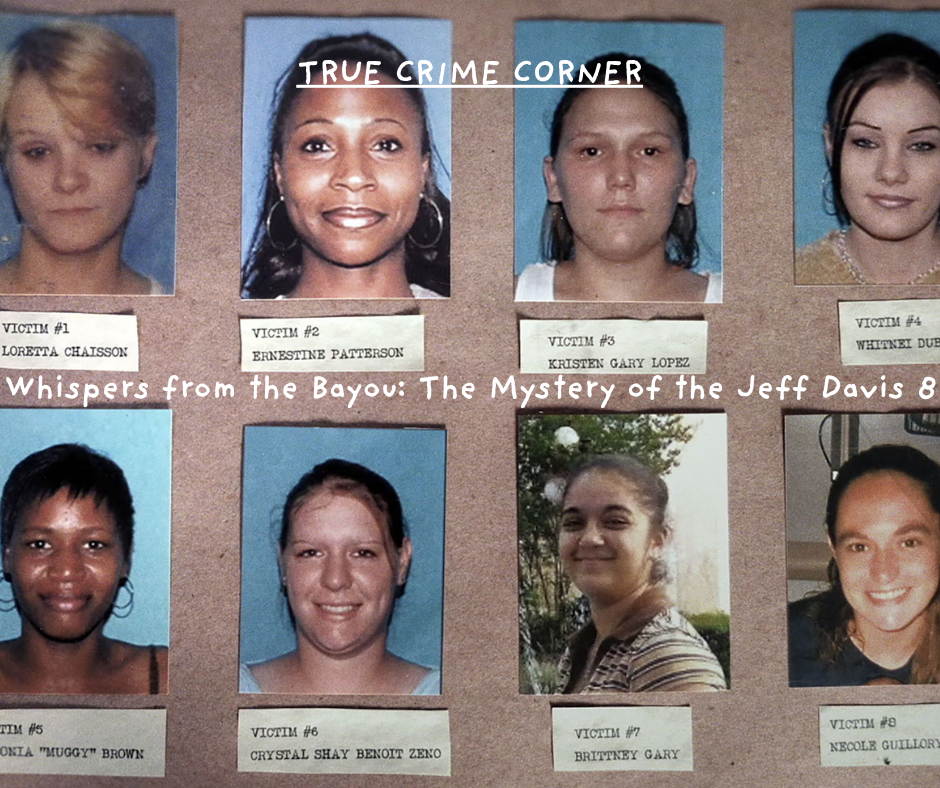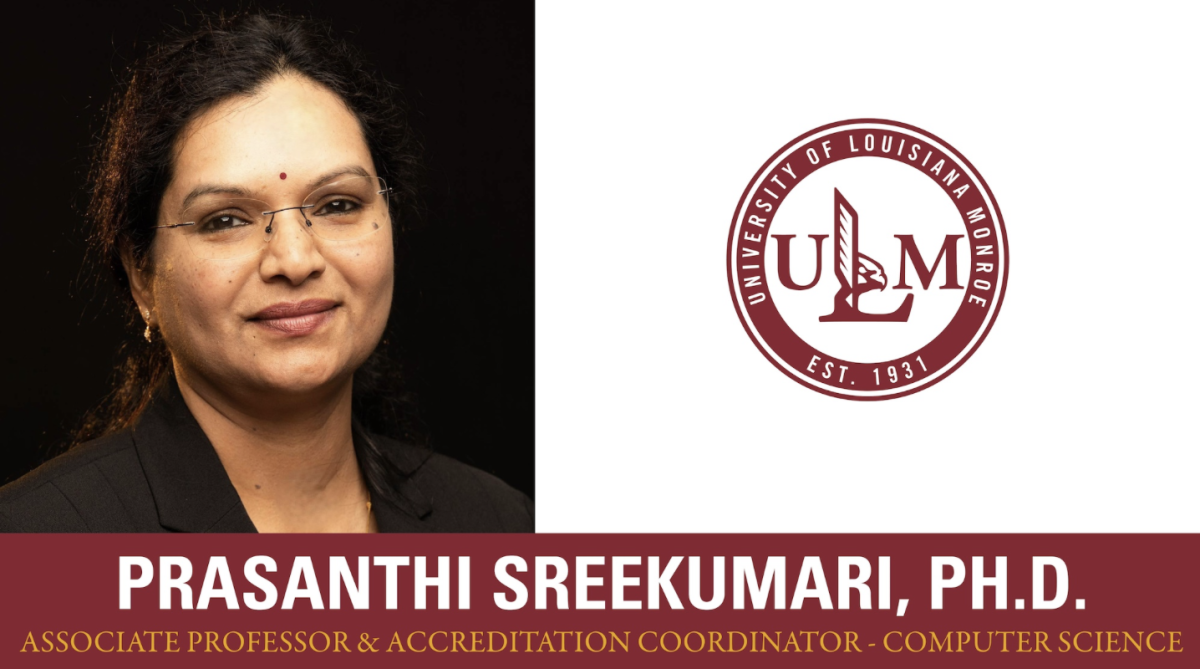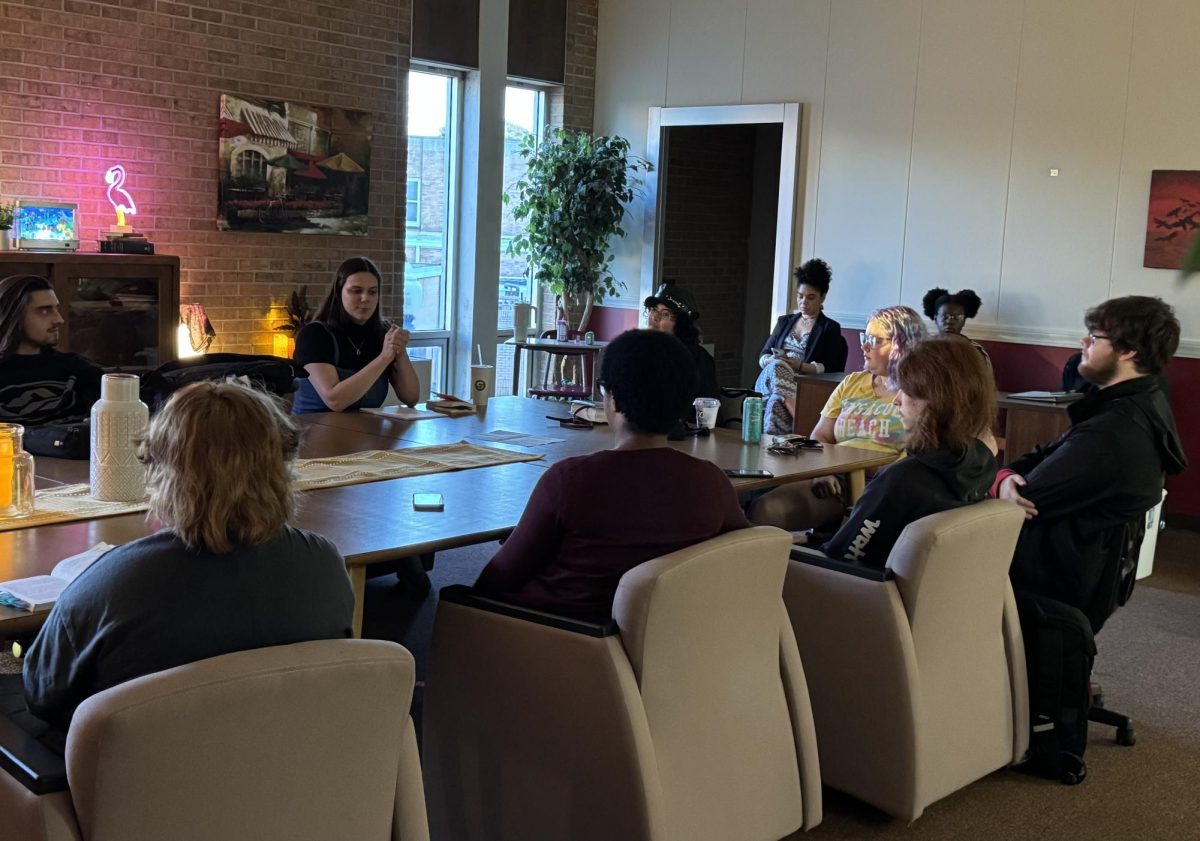The Mayan civilization, the root of the New World, is one of the oldest civilizations of the world.
The Mayans excelled in agriculture, pottery, writing, calendar-making and mathematics and left behind an astonishing amount of impressive architecture and symbolic work said George Bey III, Millsap College professor.
Archaeologists, faculty and students gathered in the workshop ‘The Rise and Fall of a Northern Maya Kingdom: The Archaeology of Kiuic’ to learn about the Mayan way of living and their culture.
The seminar was presented by Bey who spent 16 years in Mexico researching and studying the Mayan remains.
The Mayans were primarily centered in Guatemala but later shifted to Puuc. Bey said that there are structures dating to 600 B.C. in Puuc.
They displayed more advanced cultural traits like pyramid-building, city construction and the inscribing of stone monuments.
David Robert, sophomore geology major said, “They were in their way very advanced because they knew how to utilize the land and make the best use of the rain water.”
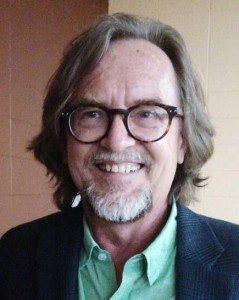
Bey said that the remains of the chocolate pots prove that the Mayans had well developed trade route amd must have traded chocolates and fruits from Guatemala.
“The Mayas were able to create a sustainable civilization that lasted for over 2000 years. They were able to meet the challenges of both the environment and culture,” said Kushal Pokhrel, computer science major.
“They portray that a vivid civilization rose up independently in the New World with the same level of sophistication, cultural beauty and content like in the Old World.”
After death, the Mayans were buried with their parental femur. Bey said that bones are ritually important for the Mayans. The man’s femur would be divided among his children and his skull would be buried with his wife.
“The archaic records are being preserved by both the government and the organizations by developing new ways to promote tourism. The archeological sites like Kiuic are protected by cultural reserve,” Bey said.
Bey said that special efforts are being made to make the remaining Mayans aware of their longstanding past and contribution to human civilization. Sites like Kiuic are open for all visitors who want to expand their knowledge through the study of artifacts.


